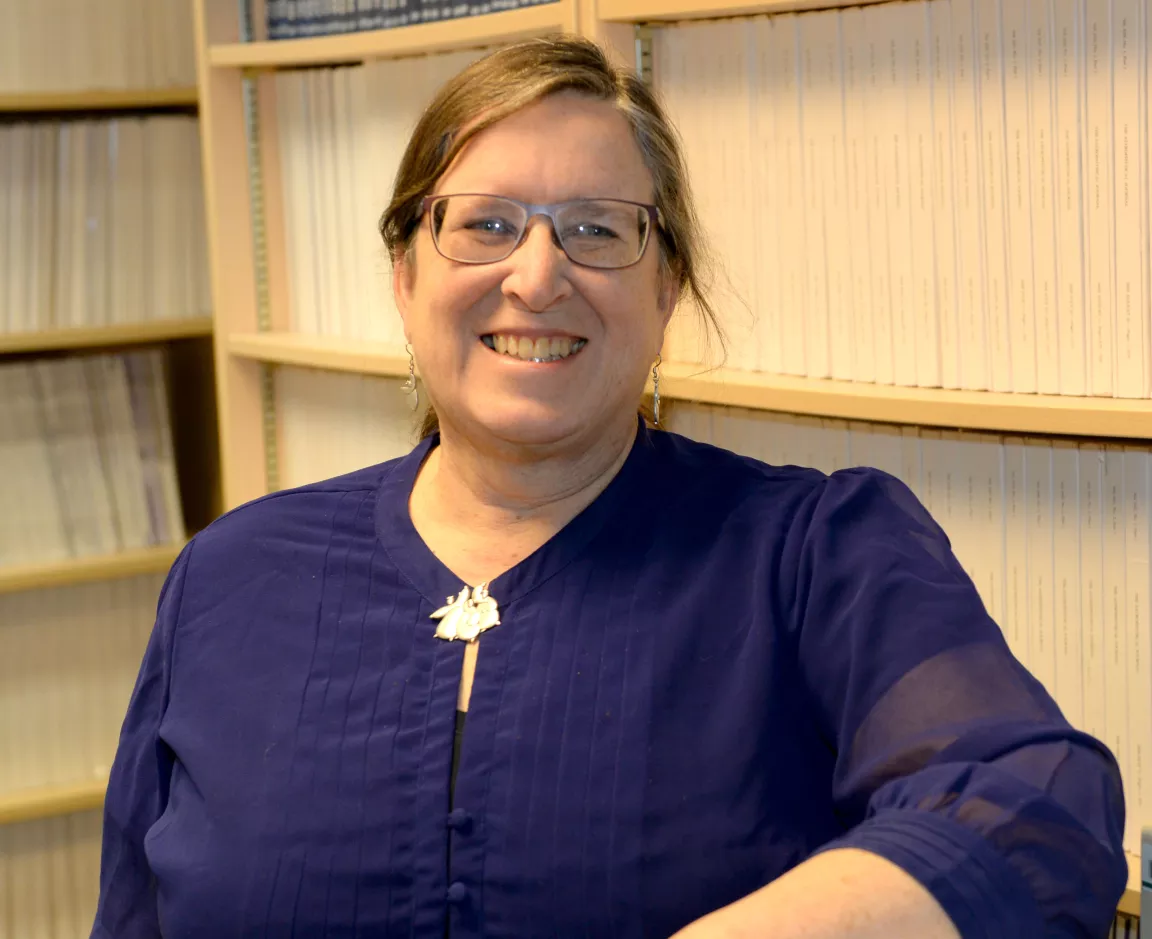Shooting for the Stars

To the casual observer, the night sky is filled with stars, the moon and the occasional comet. For UNBC Chemistry Professor Dr. Margot Mandy, outer space is filled by questions in search of answers.
A founding faculty member at UNBC, Mandy has devoted her career to finding out how energy is transferred during molecular collisions in outer space.
“I do computer simulations of molecules bumping into each other and jiggling around in the spaces between the stars,” she explains.
Those simulations determine the probability that molecules will dissociate, or fall apart, during a collision and her findings help inform our understanding of process of star formation.
Mandy’s longstanding contribution to the field of astrochemistry was recently recognized when she was named as a member of the prestigious International Astronomical Union (IAU). She was nominated by the Canadian National Committee of the International Astronomy Union through the National Research Council of Canada.
By becoming a member of the IAU Mandy will be able to vote on IAU resolutions, which helps inform what types of research need to be done next to answer important astronomical questions. Among the many duties of the IAU is assigning designations to stars, planets, asteroids and other celestial bodies, promoting international cooperation in scientific research and organizing conferences where researchers can share their findings.
Founded in 1919, the IAU has more than 12,000 members from 96 countries. Mandy is a member of the Interstellar Matter and Local Universe Division, which includes 182 members in astrochemistry. She is one of 266 Canadian members, only 45 of whom are women.
Astrochemistry involves inter-disciplinary work among chemists, physicists, and other scientists. Mandy said the inter-disciplinary nature of UNBC helps her do her research.
To conduct her research, Mandy uses UNBC’s High Performance Computing facility to do millions of simulations of molecular collisions. It can take up to five years to complete calculations for a single journal article.
“I’ll do millions and millions of simulations of collisions,” she says. “Sometimes one data point on my graphs represents over a million simulations.”